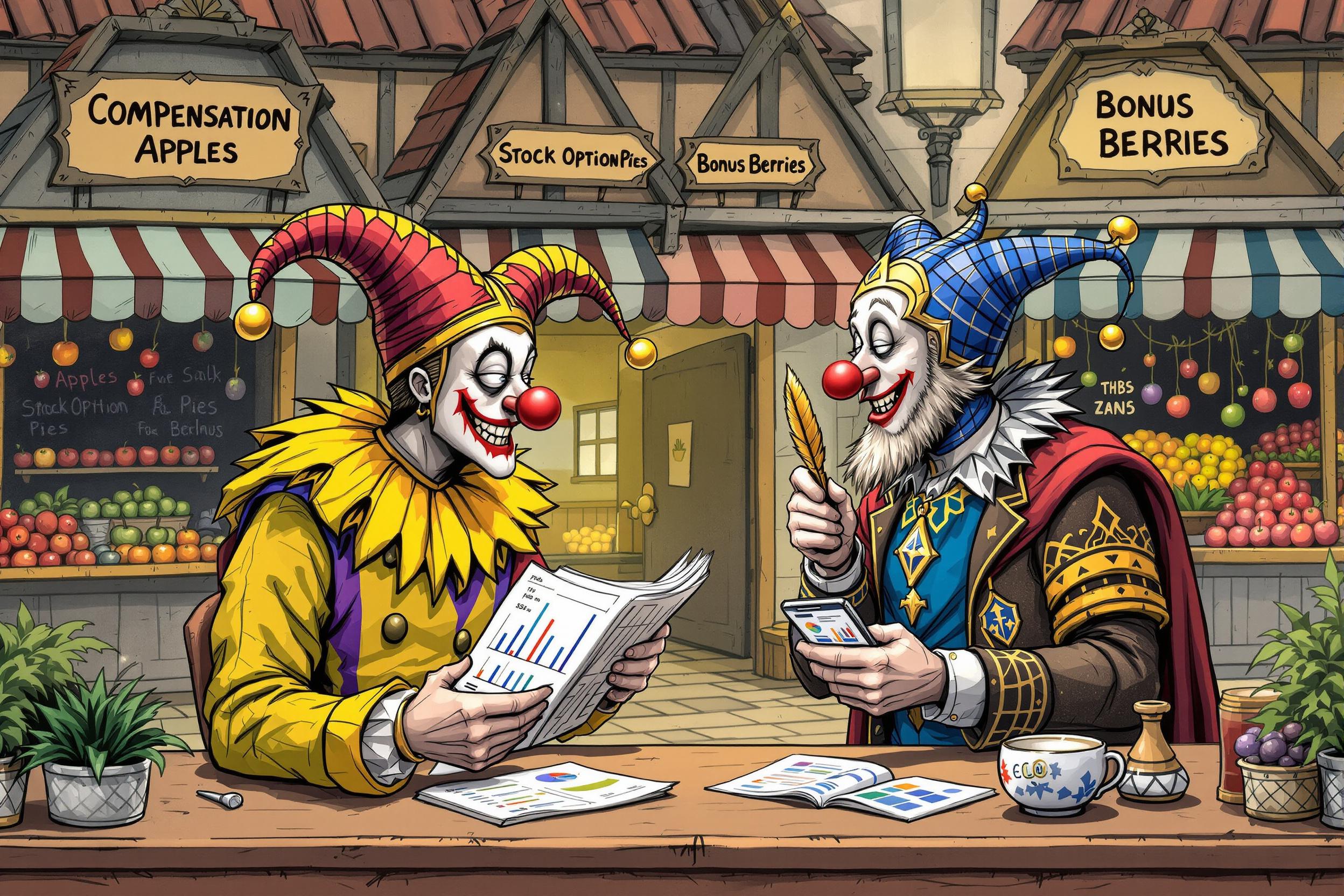
Art Fund
An Art Fund is a professionally managed collection of money invested in artworks and cultural assets. In the art industry, it works similarly to how investment funds work in finance, but focuses exclusively on art. These funds pool money from multiple investors to purchase, manage, and sell artwork with the goal of making a profit. People working with Art Funds need to understand both the art market and basic financial principles. You might see this term in resumes of art dealers, collection managers, or investment professionals specializing in art.
Examples in Resumes
Managed acquisitions and sales for Art Fund portfolio valued at $10M
Conducted market research and due diligence for Art Fund investments
Developed relationships with galleries and collectors to source opportunities for Art Fund investments
Typical job title: "Art Fund Managers"
Also try searching for:
Where to Find Art Fund Managers
Professional Organizations
Industry Events
Job Resources
Example Interview Questions
Senior Level Questions
Q: How do you evaluate potential art investments for an art fund?
Expected Answer: A senior professional should discuss market analysis, artist reputation, provenance research, condition assessment, and investment return potential. They should also mention risk management and portfolio diversification strategies.
Q: How do you handle art fund investor relations?
Expected Answer: Should explain communication strategies with investors, reporting methods for fund performance, organizing viewings, and managing expectations about market fluctuations and investment timelines.
Mid Level Questions
Q: What factors do you consider when valuing artwork for the fund?
Expected Answer: Should discuss artist reputation, artwork condition, provenance, market trends, comparable sales, and authentication processes.
Q: How do you maintain relationships with galleries and auction houses?
Expected Answer: Should explain networking strategies, attending art fairs, maintaining professional connections, and understanding market opportunities.
Junior Level Questions
Q: What are the basic components of art fund documentation?
Expected Answer: Should mention acquisition records, condition reports, provenance documentation, insurance papers, and basic investment tracking.
Q: How do you research an artist's market performance?
Expected Answer: Should explain use of auction databases, gallery price lists, art market reports, and basic market research tools.
Experience Level Indicators
Junior (0-2 years)
- Basic art market knowledge
- Understanding of art documentation
- Research and database management
- Basic financial terminology
Mid (2-5 years)
- Art valuation and market analysis
- Gallery and auction house relations
- Collection management
- Investment tracking
Senior (5+ years)
- Investment strategy development
- Portfolio management
- Client relations
- Market trend analysis
Red Flags to Watch For
- No knowledge of art market basics
- Lack of experience with art valuation
- Poor understanding of investment principles
- No network in the art world
- Limited knowledge of art history or contemporary art
Related Terms
Need more hiring wisdom? Check these out...

Lost in Translation? How a Hybrid Mentorship Database Bridges Cross-Regional Talent

The Hidden Art of Salary Negotiation: How to Win Hearts Without Going Broke

How Internal Gig Marketplaces Revolutionize Employee Development

